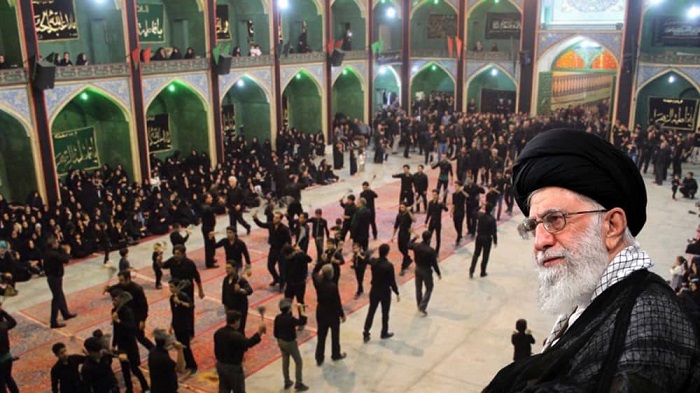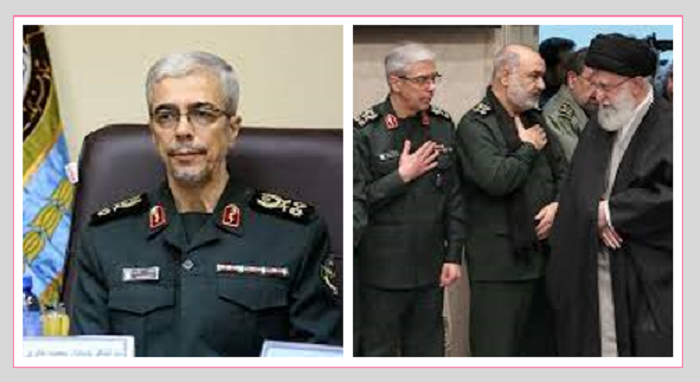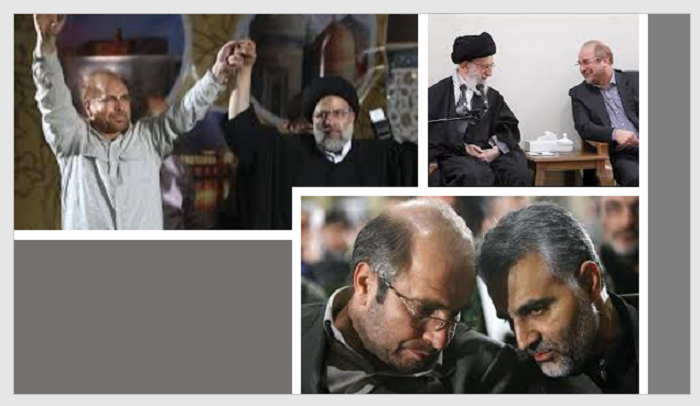
This demarcation has become a challenging pill to swallow for the leaders of the Iranian regime, prompting them to resort to what they call “therapeutic discourse”.
During a recent session depicted as a congregation with naval commanders and their families, the Supreme Leader of the Iranian regime, Ali Khamenei, manifested his apprehensions. While he endeavored to portray the Muharram events as more fervent than previous years, his speech contradicted this sentiment, inadvertently shedding light on how he has perceived the people’s dissenting slogans.
Mohammad Bagheri, the Armed Forces Chief of Staff, echoed similar sentiments just four days prior. Although intended to showcase strength, he admitted genuine apprehensions, highlighting the essential role of the paramilitary Basij forces in maintaining control.

Parliament Speaker Mohammad-Bagher Ghalibaf also attempted to bridge the perceived gap between the leadership and the people. In a session of the Majlis, he voiced his gratitude to the security forces for safeguarding the regime during Muharram against potential rebellions.
Despite the regime’s efforts, the existing divide remains conspicuous. Historical records and modern evidence highlight the leadership’s concern over the deviation of religious ceremonies.
This divide has its roots in 1979 when Supreme Leader Ruhollah Khomeini redirected the anti-monarchial revolution towards establishing a clerical monarchy. Although Khomeini succeeded in suppressing his adversaries, he met significant opposition from the People’s Mojahedin of Iran (PMOI/MEK). The MEK challenged Khomeini’s authority on various fronts, revealing his extremist ideologies, and subsequently discrediting his war strategies.

Fast forward to the present, state-controlled media and officials’ speeches often reveal a deviation from Khamenei’s propaganda. For instance, an article on the government-affiliated website “Ruydad 24” detailed the MEK’s interpretation of religious events. Though intended to criticize the MEK, it underscored the organization’s profound influence on societal beliefs.
Considering the broader scope of information emerging from Iran, the regime’s investment in countering the MEK’s influence becomes apparent. A significant change from the longstanding policy of silence surrounding the MEK can be witnessed today.
During this year’s #Muharram, #Iranians demonstrated a profound devotion to the martyrs of uprisings and protests by visiting their burial sites, offering flowers, and singing songs in their honor.https://t.co/vWubd7Synq
— NCRI-FAC (@iran_policy) August 3, 2023
This shift was aptly summarized by Mohammad Mehdi Hosseini Hamedani, the Supreme Leader’s representative, who pointed out the regime’s challenge: combating newer interpretations of Islam.
In a world marked by swift communication, no amount of rhetoric can obscure the profound chasm between Iran’s ruling regime and its people’s faith. This divide, rooted in decades of historical events, continues to shape Iran’s sociopolitical landscape.

MEK Iran (follow us on Twitter and Facebook), Maryam Rajavi’s on her site, Twitter & Facebook, NCRI (Twitter & Facebook), and People’s Mojahedin Organization of Iran – MEK IRAN – YouTu







